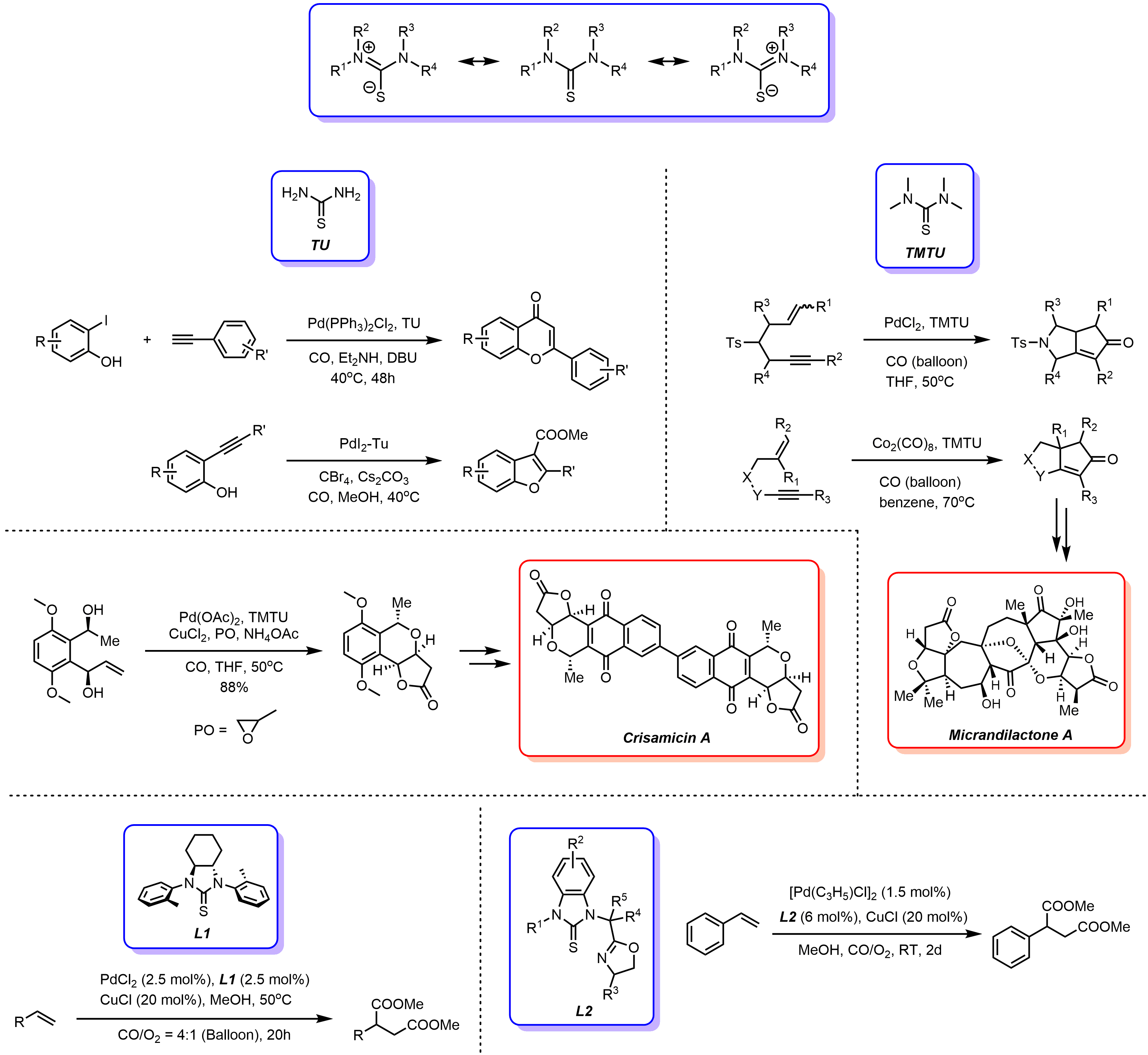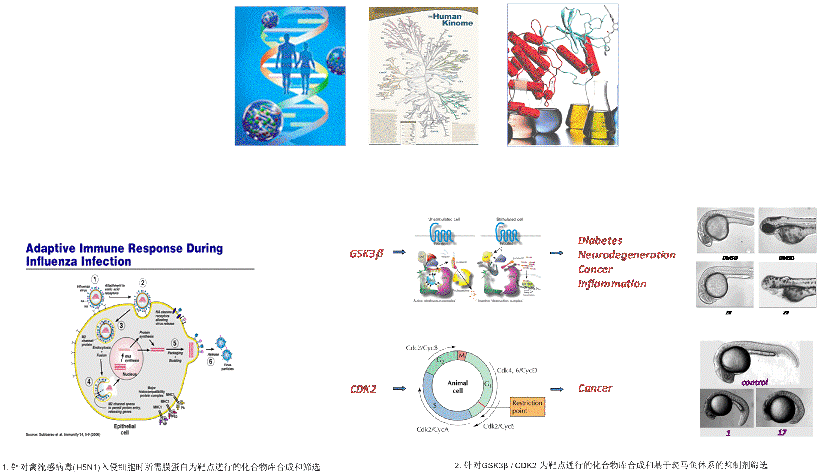Natural products have proven to be valuable sources for the identification of new drug candidates, as well as have served as tools for chemical biology and medicinal chemistry research. Historically, many natural products were used to treat various human disorders in view of their distinguished drug-like properties. To date tens of thousands of bioactive compounds have been isolated from plants, microbes, marine invertebrates and other sources. Consequently these chemical structures have been employed by chemists as good references to scan the diversity of space for drug discovery efforts.
Natural products present an infinite range of complexity and diversity. The total syntheses of complex natural products require not only ingenuity and skills, but also the adoption of effective strategies and tactics as synthetic solutions. Contemporarily, the objectives of natural product total syntheses are not just limited to precise replications of those naturally occurring items. The accumulation of insights and experience in total synthesis over the last few decades allows organic chemists to "aim higher" by integrating natural product synthesis more closely with the advancement of life science discovery. During that journey it's expected that synthetic chemists would land on a new paradise to explore and demonstrate the new beauty of synthetic art.
The research programs undertaken in our group are intended to develop novel synthetic methodologies and strategies, to be applied to the syntheses of biologically active natural products which are highly attractive, valuable, and rewarded in the context of chemical embodiments as well as medicinal demand. To those who enjoy meeting challenges and aspire the awesome power of creating new molecules, and to those who treasure the tremendous medicinal potential of natural products, our research programs provide interesting chemical tools and physiological insights which would be invaluable for the treatment of diseases and would serve as probes to regulate the biologically important targets. Currently, our research directions primarily include (a) the development of novel synthetic methodologies and strategies for the diversity-oriented syntheses of biologically active molecules, and (b) the total syntheses of complex natural products.
The Pd-catalyzed cross-coupling reaction is a method for C-C bond formation. In this context, the design of novel ligands and transition metal catalysts that can effect desired transformations, with both high efficiency and selectivity, has been a fertile area of research. Phosphine-based ligands have been playing an important role in the Pd-catalyzed cross-coupling reactions. However, these ligands usually need to be handled in an inert atmosphere or in dry conditions, sometimes suffer from significant P-C bond degradation at elevated temperatures, which leads to palladium aggregation and do ham to the catalytic activity.
Recently, phosphine-free ligands, such as N-heterocyclic carbenes(NHC), and sulfur-containing ligands have been applied in some metal-catalyzed synthetic transformations, which open up new opportunities in catalysis.
Thioureas are air and moisture stable compounds and are renowned for their great tenability by varying substituents on nitrogen, so that they can coordinate to metal centers in either the neutral state or as mono-anion or dianion forms. Therefore, their physical and chemical properties can be changed by modifying their nitrogen substituents.
We recently synthesized two-type of thioureas L1 and L2, which were effectively applied to the Pd-catalyzed several types of carbonylative reactions and cross-coupling reactions. We are currently working on the investigation of the scope and limitations of our ligands in a broad spectrum of reactions.

The object of the total synthesis is to reach the target molecule by a series of reactions. Therefore, a successful total synthesis will heavily depend on
(1) The properly selected target molecules;
(2) The nicely designed synthetic strategy;
(3) The effectively applied synthetic tactics.
Our group currently involved total synthesis of a couple of interesting and challenging natural products as the synthetic targets to ample opportunity for the students to discover and create their own beauty of chemistry. The following natural products are illustrated as the examples of our synthetic targets currently undertook in the laboratory.
Chemical genetics is a research method that uses small molecules to change the way proteins work-directly in real time rather than indirectly by manipulating their genes. It is used to identify which proteins regulate different biological processes, to understand in molecular detail how proteins perform their biological functions, and to identify small molecules that may be of medical value.
The term chemical genetics indicates that the approach uses chemistry to generate the small molecules and that it is based on principles that are similar to classical genetic screens. Scientists use two kinds of genetic approaches-forward and reverse-depending on the starting point of the investigation. As the table illustrates, a classical forward genetic analysis starts with an outward physical characteristic (called a phenotype) of interest and ends with the identification of the gene or genes that are responsible for it. In classical reverse genetics, scientists start with a gene of interest and try to find what it does by looking at the phenotype when the gene is mutated.







